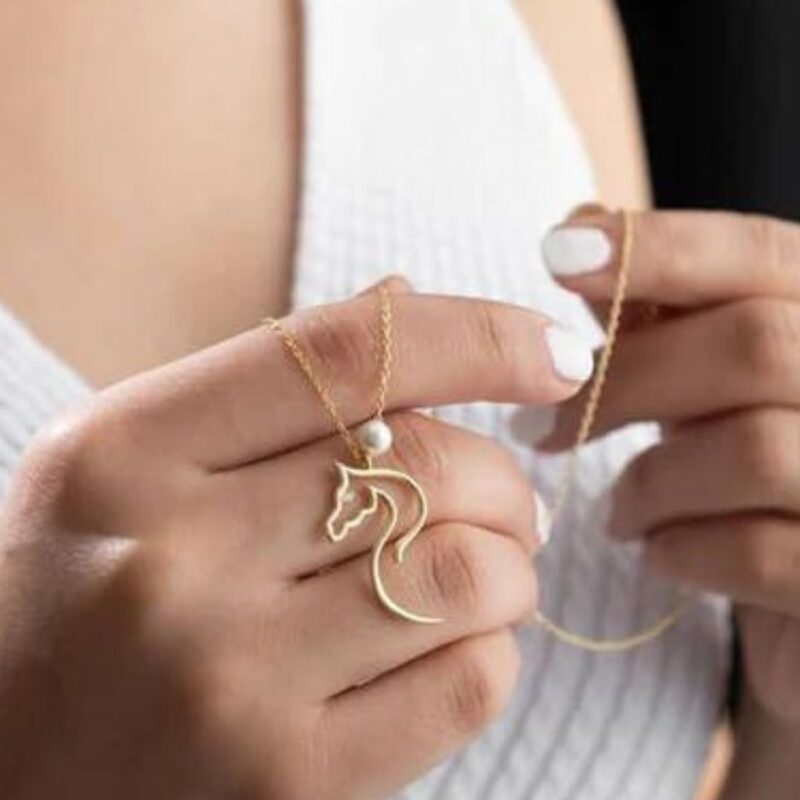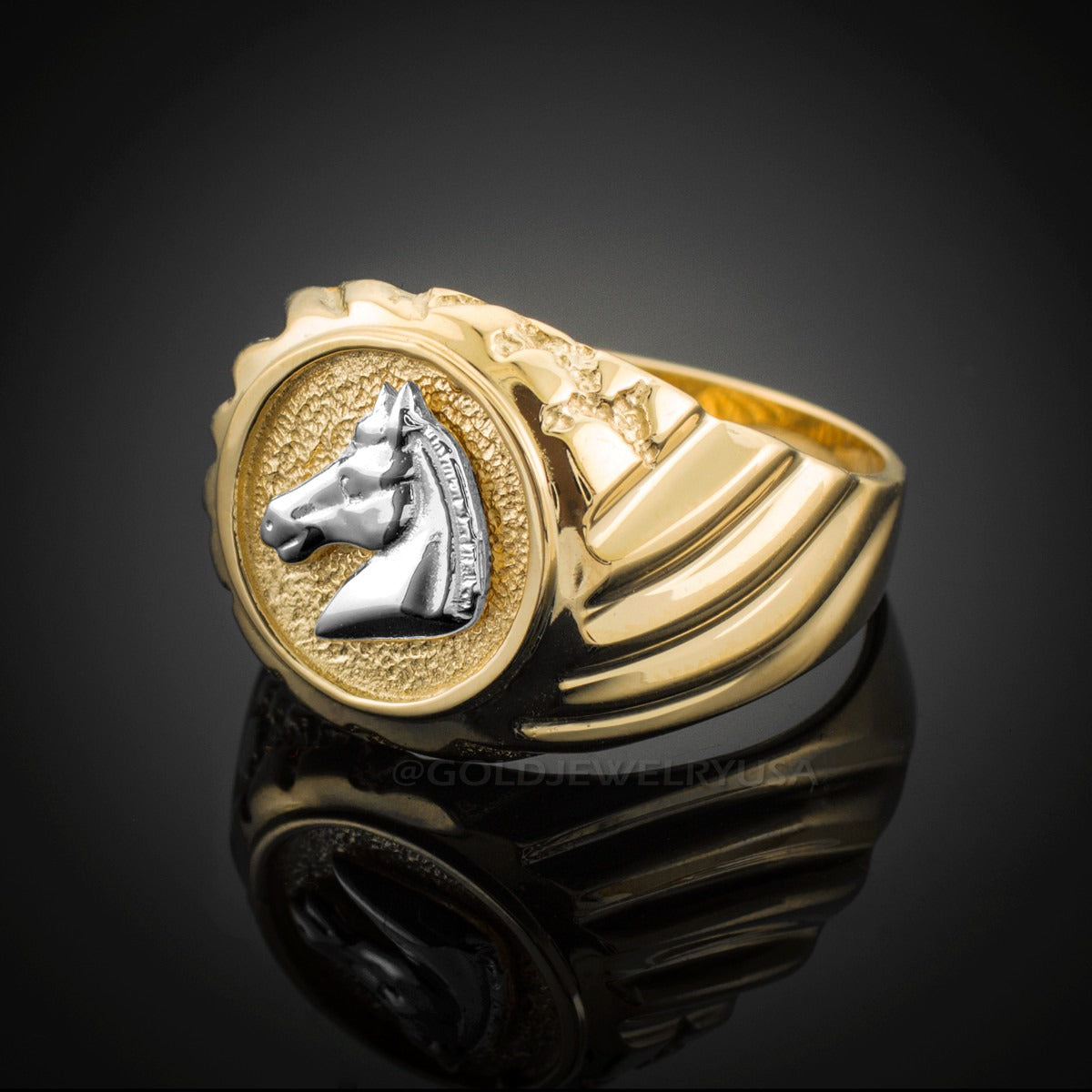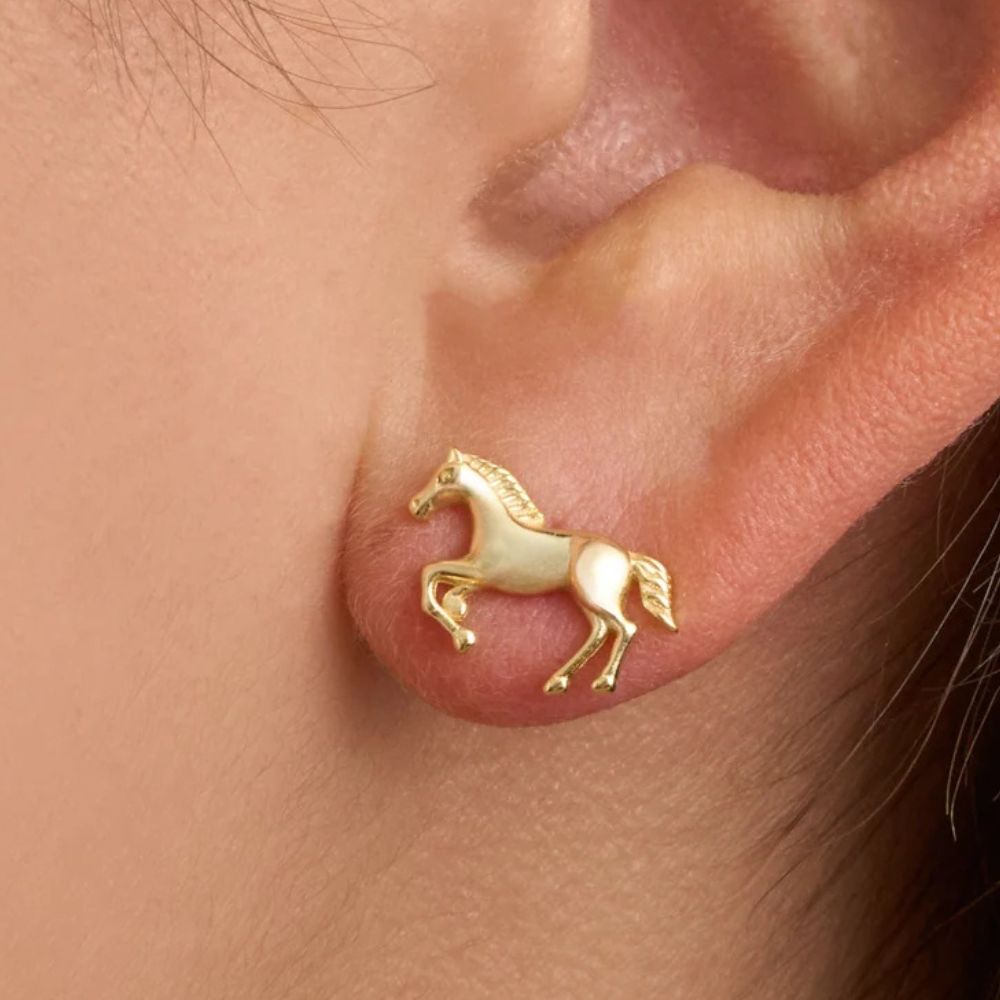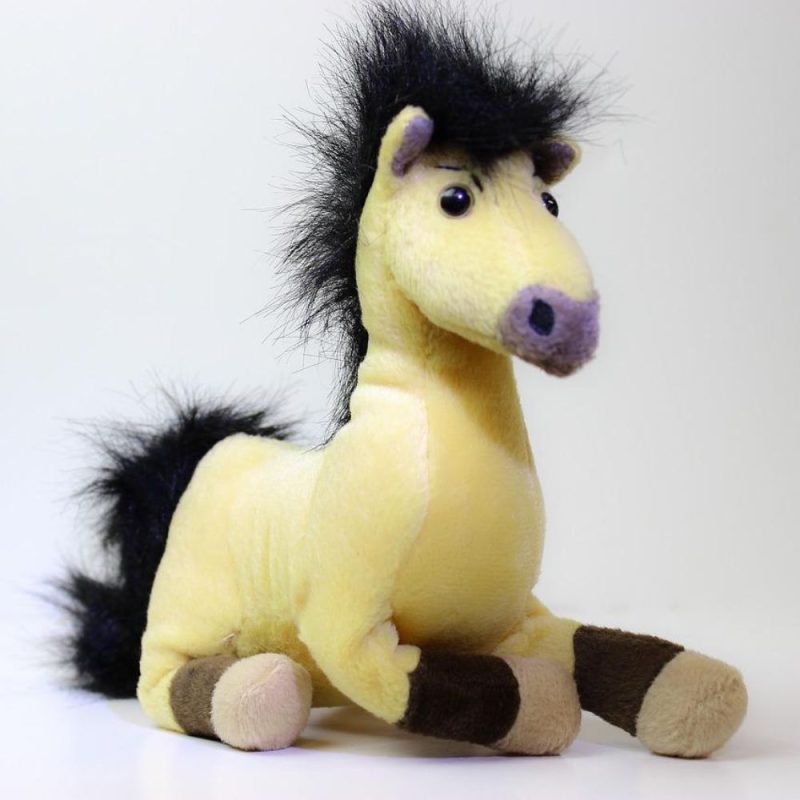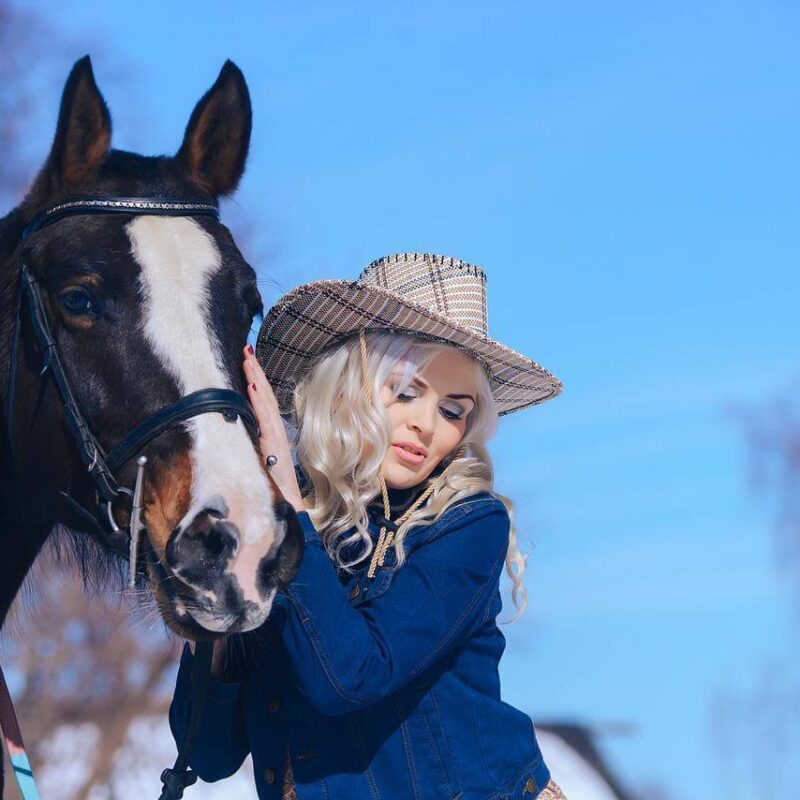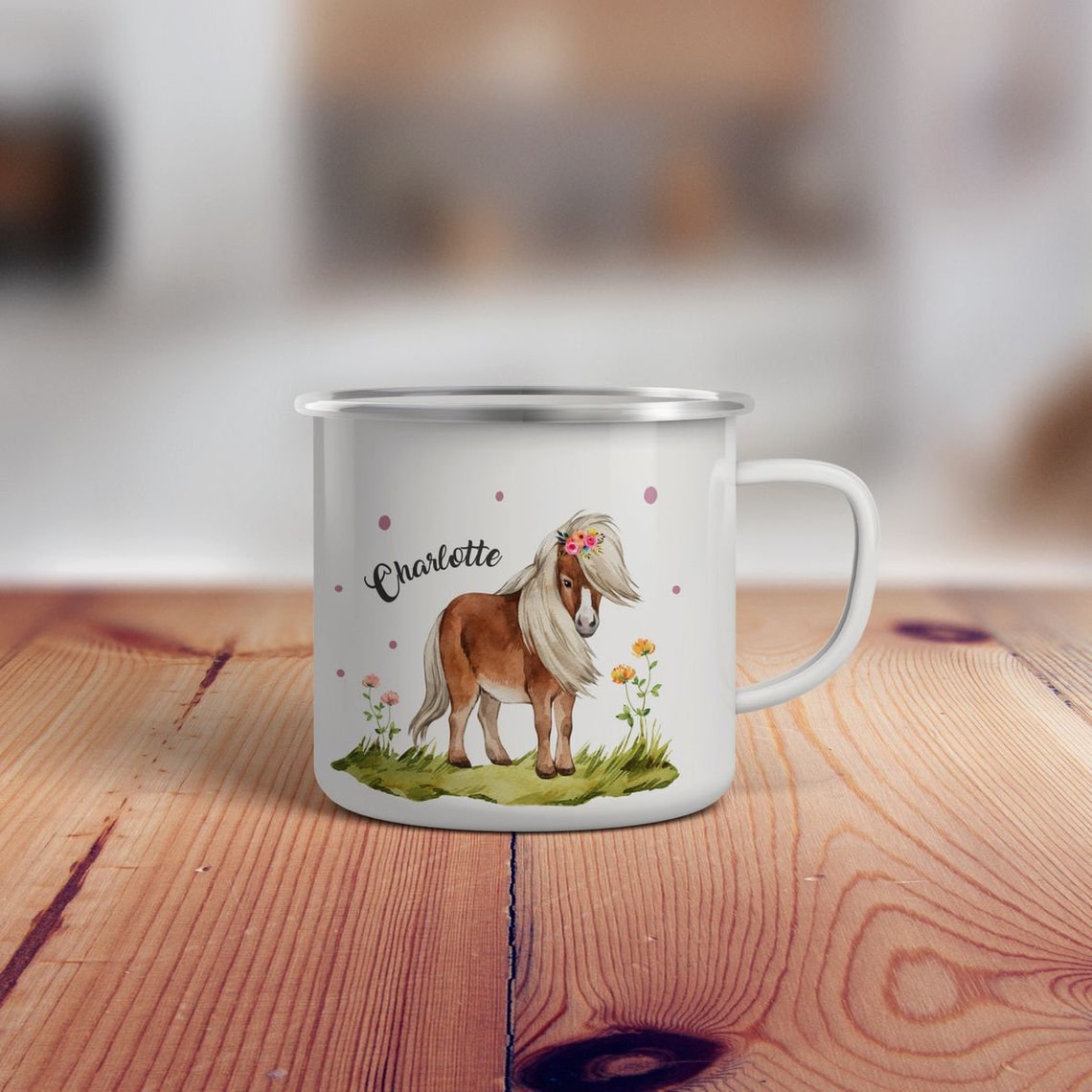
How Long Are Horse Penises? Surprising Facts Revealed
Picture a majestic stallion galloping across an open field—muscles rippling, mane flowing, exuding raw power. Now, imagine the curiosity that follows when the topic of anatomy arises: just how long is a horse’s penis? It’s a question that might make some blush, but for horse enthusiasts, breeders, or the simply curious, it’s a fascinating glimpse into equine biology. Let’s trot into the details—no horsing around.
So, how long are horse penises? On average, a fully erect horse penis measures between 20 to 28 inches, though some stallions may reach up to 30 inches or more. Flaccid, they typically range from 12 to 18 inches, retracting into a protective sheath. But size isn’t the only surprise—equine anatomy is packed with quirks, from the mushroom-shaped glans to their unique ability to "tie" during mating. Whether you're a seasoned horseman or just intrigued by nature’s designs, these facts reveal the incredible adaptability of horses.
Understanding Equine Anatomy: Beyond the Basics
Horses are marvels of evolution, and their reproductive anatomy is no exception. Unlike humans, stallions have a vascular penis, meaning it relies on blood flow for erection rather than muscle. This design allows for impressive size fluctuations—useful for both mating and, well, avoiding awkward trail rides.
The Flaccid State: Compact and Protected
When not in use, a horse’s penis retracts into a sheath, keeping it safe from debris and injury. The prepuce (the fold of skin covering the penis) is self-cleaning, though occasional inspections by owners ensure hygiene. Flaccid length varies by breed and individual, but it’s rarely a static measurement—temperatures, stress, or even a relaxed nap can cause subtle changes.
Erection: A Display of Nature’s Engineering
During arousal, blood floods the corpus cavernosum, the spongy tissue inside the penis. This hydraulic-like system enables rapid expansion, with some stallions reaching their full length in seconds. The glans, wider than the shaft, serves a practical purpose: forming a seal during mating to maximize reproductive success.
Breed Variations: Does Size Matter?
Draft horses like Belgians or Shires might make you wonder if everything about them is larger—and yes, that includes their genitalia. Light breeds like Arabians or Thoroughbreds tend to be more streamlined, but outliers exist in every breed. Genetics play a role, but so do factors like nutrition and overall health.
Mating Behavior and the "Tie" Phenomenon
Ever heard of stallions getting "stuck" during breeding? This copulatory tie is a normal part of equine reproduction. After ejaculation, swelling at the base of the penis creates a temporary bond with the mare, ensuring sperm delivery. It’s a fascinating—if awkward—sight, lasting anywhere from seconds to half an hour.
Common Health Concerns
From paraphimosis (inability to retract) to infections like smegma buildup, stallion owners must stay vigilant. Regular cleaning and vet check-ups prevent complications. And let’s not forget geldings—though neutered, they retain their anatomy, just without the hormonal drive.
Myths and Misconceptions
No, horse penises aren’t "armored" (that’s ducks). And while size might spark barnyard debates, fertility hinges on genetics and health, not sheer length. Nature prioritizes function over flashiness—even in horses.
Next time you watch a stallion stride across a pasture, you’ll see more than just power—you’ll appreciate the intricate biology that fuels life. Horses remind us that even the most curious details serve a purpose, weaving wonder into the everyday. So here’s to the unsung marvels of nature, one surprising fact at a time. 🐎








